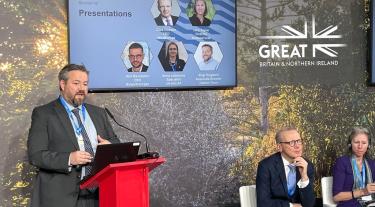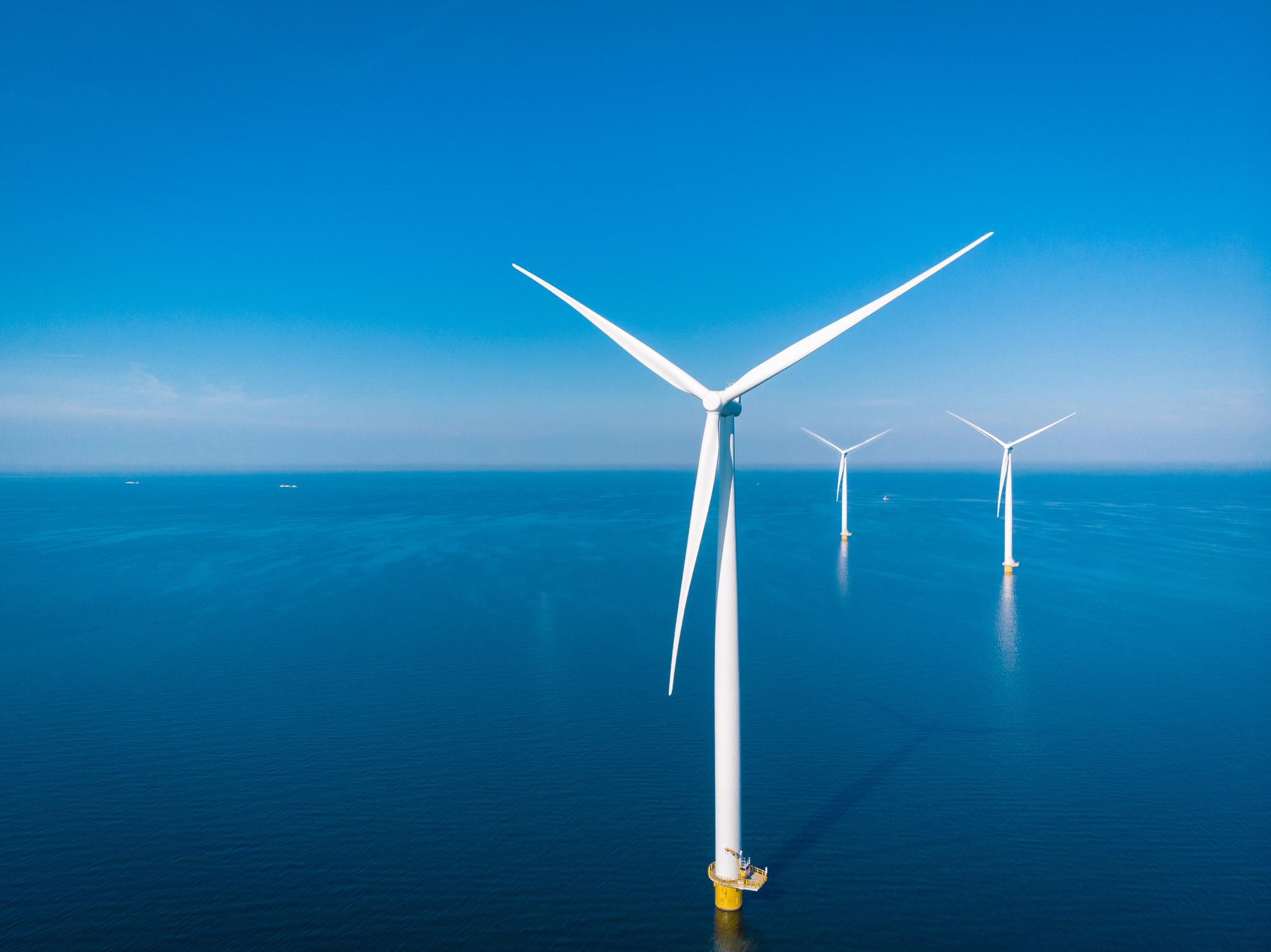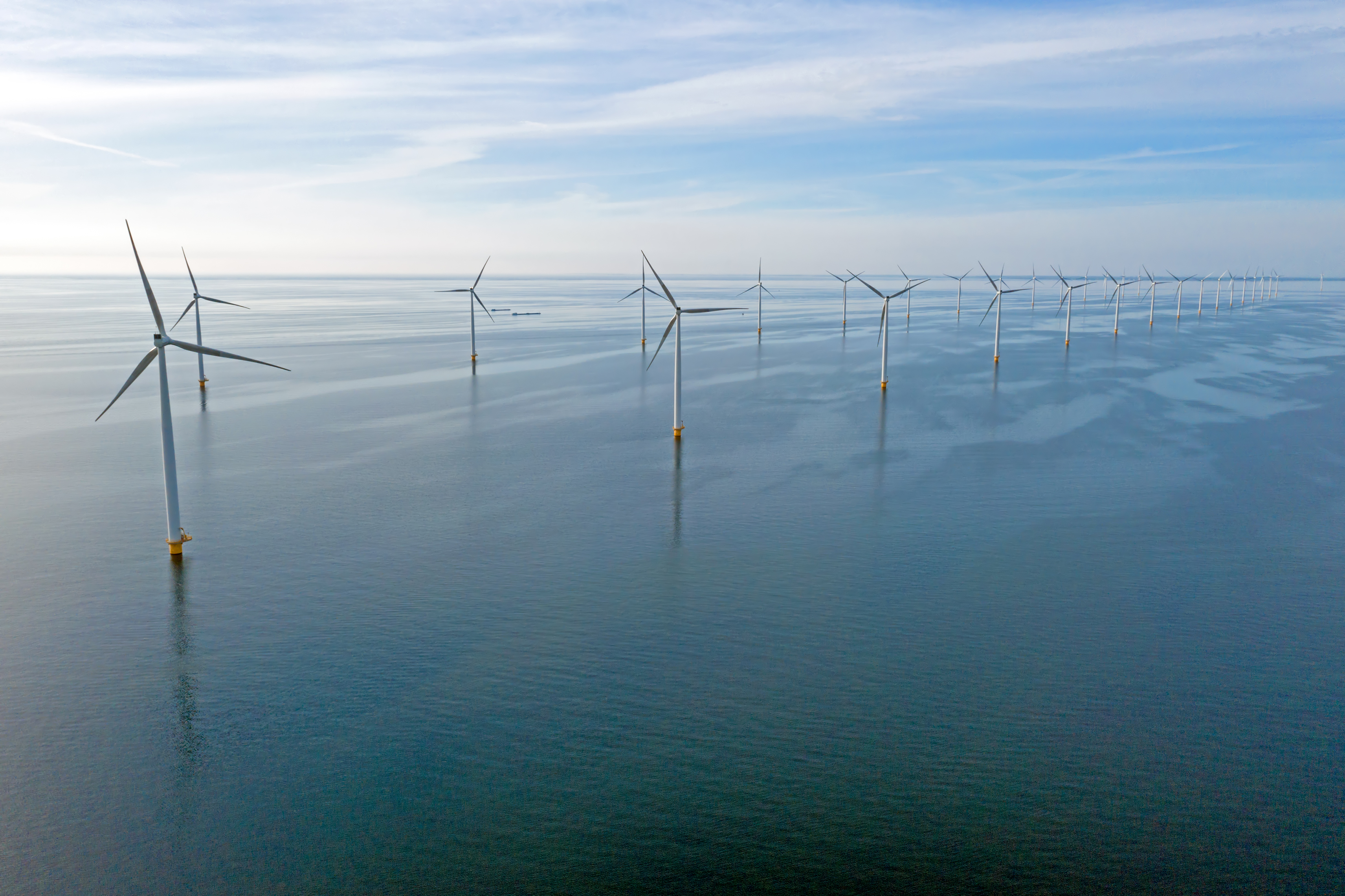Acting as a first mover to achieve 11 GW of offshore wind by 2050 would position Azerbaijan as a market leader in the Caspian Sea, fostering wider growth in the region by exporting components and services to deploy offshore wind in the region, such as in Kazakhstan. Offshore wind affords Azerbaijan the opportunity to capitalise on natural strengths, with oil and gas expertise that is well suited to offshore wind, and international experience demonstrates pathways for skill transfer. Azerbaijan’s existing supply chain is favourable to offshore wind development, offering strong export opportunities in foundations, offshore substations, and project development capabilities.
The early insights shared at COP29 showed that under the high growth scenario, nearly 19,000 local jobs are expected to be created, with the industry a source of sustainable long-term jobs in operations and maintenance, blade and monopile manufacturing, and installation. A high-growth scenario in particular offers transformative potential for ports, such as the formation of manufacturing facilities, potential cluster formation, and innovation hubs. In addition to the decarbonisation and economic benefits, offshore wind development provides an opportunity to enhance Azerbaijan’s grid infrastructure, facilitating better connections between demand centres in the North, East, and South regions.
Unlocking this early entrant ambition will require proactive government support, manufacturing investment, and skills development. As a first step, the analysis has identified a ‘no regrets’ deployment scenario of 3.4 GW by 2040 that utilises existing capabilities.
Speaking at an event focusing on regional opportunities for joining up thinking on grid and renewable energy investment, hosted at the UK Pavilion, Bogi Hojgaard, Associate Director Energy Transition at the Carbon Trust said:
“We have determined that offshore wind in Azerbaijan provides the opportunity, not only for very significant decarbonisation impact, but also to enhance grid infrastructure between demand centres, as well as leveraging existing capabilities to bring clear local economic benefit and regional export potential.”
Charles Ogilvie Executive Director of OEP said:
"This important analysis shows that offshore wind can provide not only green electrons to power the clean economy of the future, but also a meaningful industrial growth strategy, especially for regional early adopters who are prepared to set stretching targets and invest accordingly."
The full results will be launched in December 2024.
Notes to editors
For further information please contact:
The Carbon Trust press office on +44 (0)20 7170 7050 or press@carbontrust.com.
Navneet Khinda, Global Strategy Director, Ocean Energy Pathway Navneet@oceanenergypathway.org
About the Carbon Trust
The Carbon Trust is a global climate consultancy driven by the mission to accelerate the move to a decarbonised future. We have been climate pioneers for over 20 years, partnering with businesses, governments and financial institutions to drive positive climate action. From strategic planning and target setting to activation and communication - we turn ambition into impact. To date, our 400 experts have helped set 200+ science-based targets and guided 3,000+ organisations and cities across five continents on their route to Net Zero.
About Ocean Energy Pathway
Ocean Energy Pathway (OEP) fast-tracks the development of a sustainable, high ambition, global offshore wind sector, as part of a thriving blue economy. As a not-for-profit organisation, OEP delivers expert, independent technical assistance to governments and stakeholders and works with policymakers, industry, conservation leaders, and other stakeholders to build strategies to sustainable scale for the sector. OEP is scaling in over ten markets and in 2024 launched operations in Brazil, India, Japan, the Philippines, and South Korea.





